Alexanderplatz is one of those places that just makes you feel like you’re in the heart of it all. It’s one of the most popular squares in Berlin, right in the center of the German capital. It is a landmark in its own right and also home to many individual famous attractions.
I remember the first time I stumbled upon it during my trip to Berlin: I was immediately enveloped by its bustling atmosphere and out-of-this-world architecture. In Alexanderplatz, history is so vivid you can almost touch it.
As if they were talking about an old friend, Berliners often refer to it simply as ‘Alex.’
L. Cicerone
And I guess, in many ways, Alexanderplatz is like an old friend.
A Brief History of Alexanderplatz
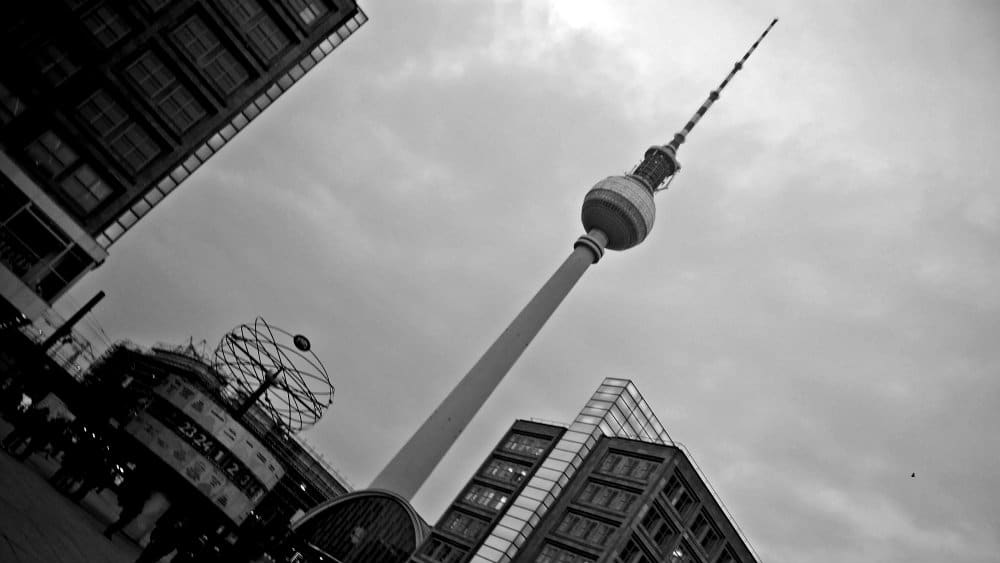
The origins of Alexanderplatz date back to the Middle Ages. Initially known as Ochsenmarkt (Ox Market), it was a cattle market outside the city fortifications.
In 1650, Friedrich Wilhelm, the Elector of Brandenburg, renamed the area “King’s City” or “Königsstadt” and expanded Berlin’s fortifications to include this sector. It was during this period that Alexanderplatz started taking shape as an urban hub.
The square got its current name from a visit by Tsar Alexander I of Russia in 1805. The visit left a significant impression on the Prussian king, who renamed the square in his honor.
Alexanderplatz underwent extensive changes in the 19th and early 20th centuries. It hosted Berlin’s central cattle market until about 1882 when authorities decided to modernize the area. The late 19th century also saw massive transit improvements, with a railway station opening in 1882 and an underground station in 1913.
During World War II, Alexanderplatz suffered extensive damage due to Allied bombings. One night in particular stands out: November 22, 1943, when the Royal Air Force targeted Berlin in one of its many air raids. The square was decimated along with much of the city center. Following the war, as Berlin lay in ruins, Alexanderplatz was in desperate need of reconstruction.
Reconstruction efforts did not begin immediately. It wasn’t until 1964 that the East German government initiated a project to redesign Alexanderplatz into a showcase of socialist architecture and urban design. Leading this ambitious project was East German architect Hermann Henselmann, along with a team including Soviet planner Peter Schweger. They detailed their plans in April 1964 and envisioned the square as a pedestrian-friendly area surrounded by modernist buildings.
The most significant building designed during this period was the Berliner Fernsehturm (Berlin TV Tower), completed in 1969. Its construction became a symbol of East Germany’s technological aspirations. At 368 meters (1,207 feet), it loomed over Alexanderplatz as the second tallest structure in Europe. Another landmark is the Weltzeituhr (World Time Clock), installed in 1969.
After the fall of the German Democratic Republic (GDR), Alexanderplatz underwent significant changes. In 1989, when the Berlin Wall fell, the area began transforming from a symbol of East Germany to a vibrant center within a united Berlin.
Alexanderplatz: Things to See
1. Berlin TV Tower
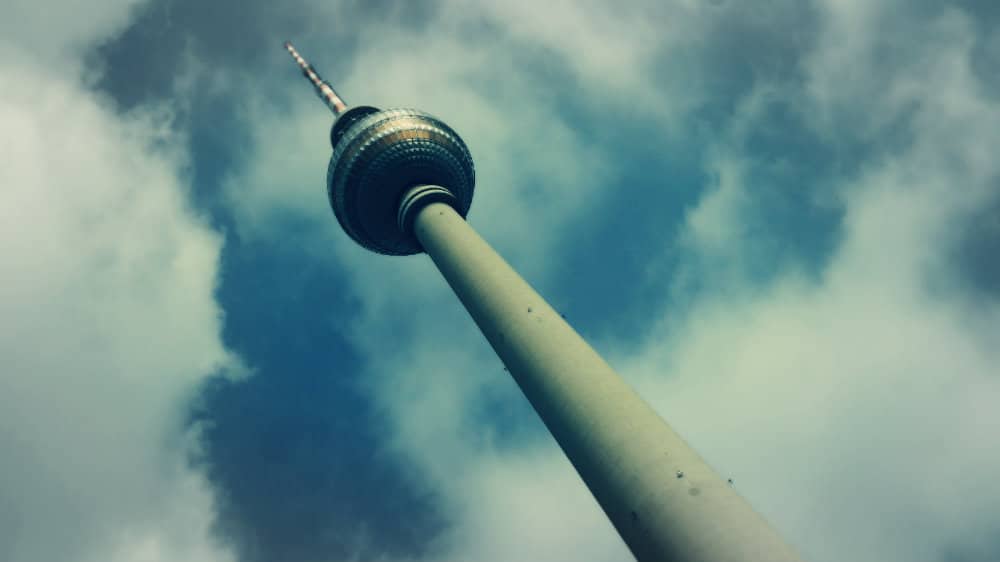
The Berlin TV Tower, also known as the Fernsehturm Berlin, is a notable landmark in Germany’s capital city. Completed in 1969, it was constructed in the central district of Mitte and rises to 368 meters (1200 ft), making it the tallest structure in Germany. The tower’s main purpose upon being built was to serve as a symbol of Berlin, which it has continued to do for over 50 years!
Besides broadcasting television signals, the Berlin TV Tower features an observation deck at a height of 203 meters. This deck provides visitors with spectacular views over Berlin. The tower also houses a revolving restaurant, offering diners the chance to enjoy their meal with an ever-changing cityscape backdrop.
Fun fact: Have you ever heard about the “Pope’s Revenge?” This refers to the sunlight’s reflection off the sphere’s stainless steel panels which creates a glowing cross. Despite being completely unintended, this feature was ironic since it appeared on this structure built by a state that promoted atheism.
2. World Clock
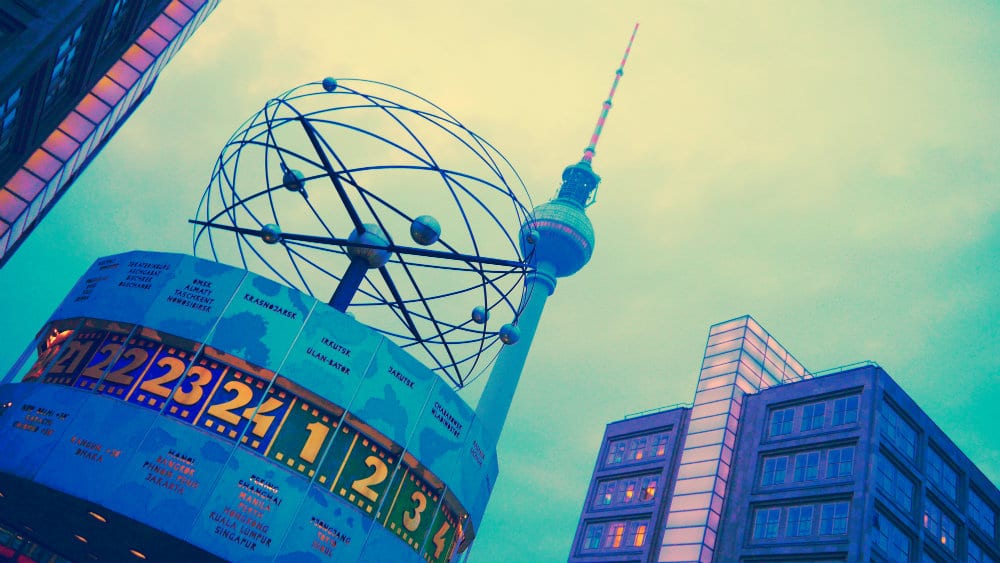
The Berlin World Clock, also known as the Urania World Clock, is a landmark in Alexanderplatz. Inaugurated in 1969, it stands as a city symbol. Designed by Erich John, the towering structure is practical for telling time across different time zones and is also a popular meeting point for people in the area (both locals and visitors).
Made of stainless steel and standing at a height of about 10 meters (30 ft), the World Clock features a rotating cylinder with 24 sides. Each side displays the name of a major city representing the earth’s different time zones. As the cylinder turns, you can see the current time in these global cities.
Personal tip: If you’re meeting anyone near the World Clock, let them know around which city. Sometimes, the square is so crowded that you’ll need to let them know you’ll be hanging around Jakarta! It’s also more fun that way.
3. Marienkirche
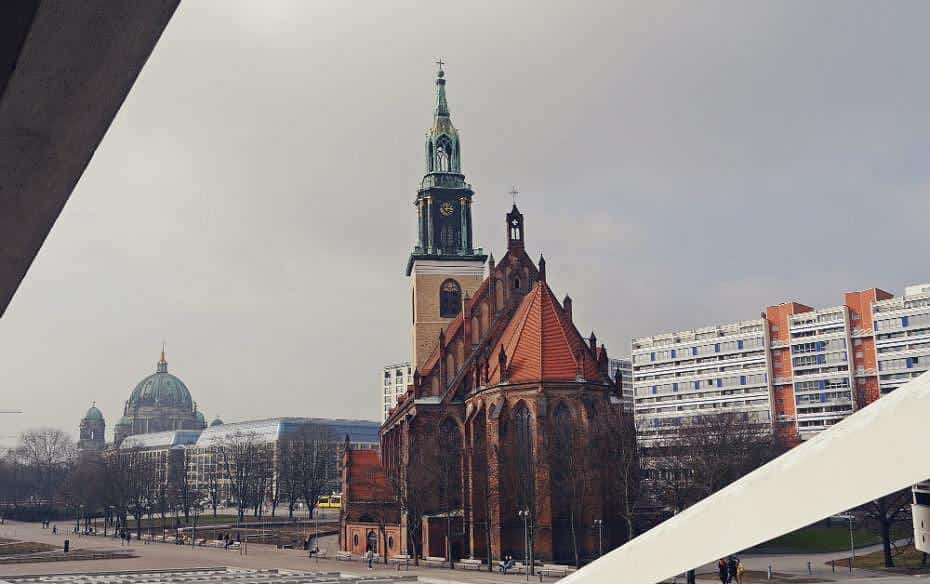
Marienkirche is an old church on Alexanderplatz. Written records date back to 1292, but its origins are believed to be even older. This historic building has seen numerous events and transformations through the centuries.
The church’s name translates as St. Mary’s Church, and it is dedicated to the Virgin Mary. Built originally as a Catholic temple in a predominately Gothic style, its architecture showcases impressive elements such as a tall bell tower and beautiful stained-glass windows.
This church has also witnessed significant moments in German history, including serving as a meeting place during the Reformation under Martin Luther. In 1806, Napoleon Bonaparte’s forces occupied Berlin and expropriated many bells from the city’s churches, including Marienkirche. During World War II, Marienkirche suffered severe damage from bombing raids; however, it was restored between 1950 and 1953. The restorations introduced a modern touch by integrating contemporary art within its historical framework.
4. Rotes Rathaus (Red City Hall)
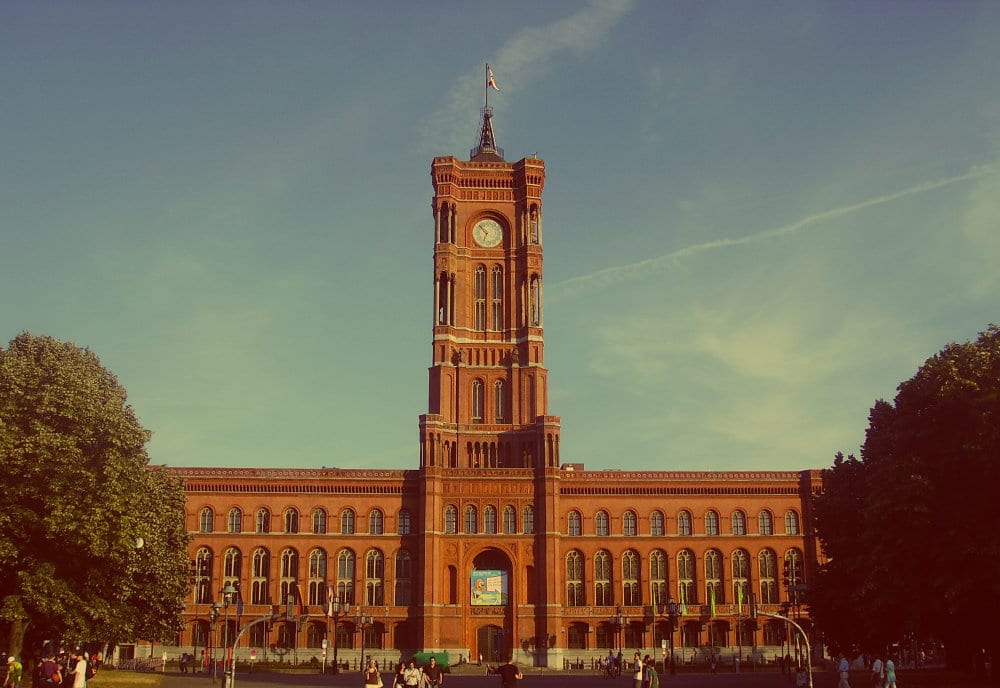
The Rotes Rathaus, which translates to Red City Hall, is the town hall of Berlin, located in the Mitte district. The name refers to the red brick exterior of the building, which was constructed between 1861 and 1869 in the style of the North Italian High Renaissance.
Like most historic buildings in Alexanderplatz, despite severe damage during World War II, it was rebuilt.
One of the most striking parts of the Rotes Rathaus is its tower, which stands at 74 meters tall (250 ft) and offers a panoramic view of Berlin. The main façade faces Rathausstraße and features statues of Berlin personalities.
Fun fact: The Rotes Rathaus was former East Berlin’s City Hall, so you might have thought the red has something to do with politics. But it’s totally a coincidence. The building was already wearing its red coat long before the GDR. It’s like it knew red was going to be fashionable in Berlin at some point.
Inside the Red Palace, in addition to the government offices, there are three landscaped courtyards. The first is Wapensaal, where the city’s coats of arms are displayed. The reception hall, where official ceremonies are held, is followed by the Säulensaal, the library known for its orange roof.
Between the Red Rathaus and St. Mary’s Church is Neptune’s Fountain, which stands 18 meters high (60 ft) and is adorned with aquatic mythological figures in honor of Germany’s rivers. It’s crowned by a statue of Neptune, the Roman god of the oceans, with his trident and standing on a seashell.
Tickets, Tours & Guided Visits around Alexanderplatz
Alexanderplatz’s Socialist Legacy
Alexanderplatz is a testament to Berlin’s socialistic architectural visions, particularly those that flourished during the GDR (German Democratic Republic) era from 1949 to 1990.
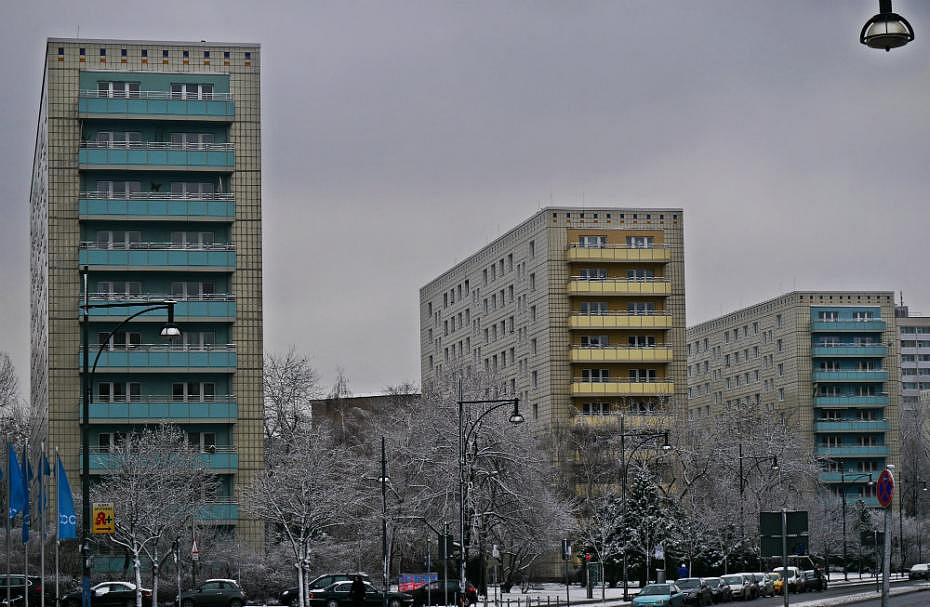
As Berlin was rebuilt after World War II, Alexanderplatz became an exemplar of socialist architecture under East German governance. The German architect collective Team 10 redesigned the square, led by Werner Düttmann, with collaboration from others such as Heinz Graffunder and Roland Korn. The outcome was a vast public space meant to reflect the power and efficiency of socialism.
On the south side of Alex, next to the Alexa shopping center, stands a white building, home to the Haus des Lehrers (House of Teachers), with a colorful mural with a clear Soviet style. The mural, by Walter Womacka, entitled “Unser Leben” (Our Life), depicts familiar themes in a style known as “socialist realism”. It includes allegories of heroic workers, industry, education, an atom and the dove of peace. The mural is a reminder of the Socialist legacy in East Germany and is one of Europe’s largest works of art.
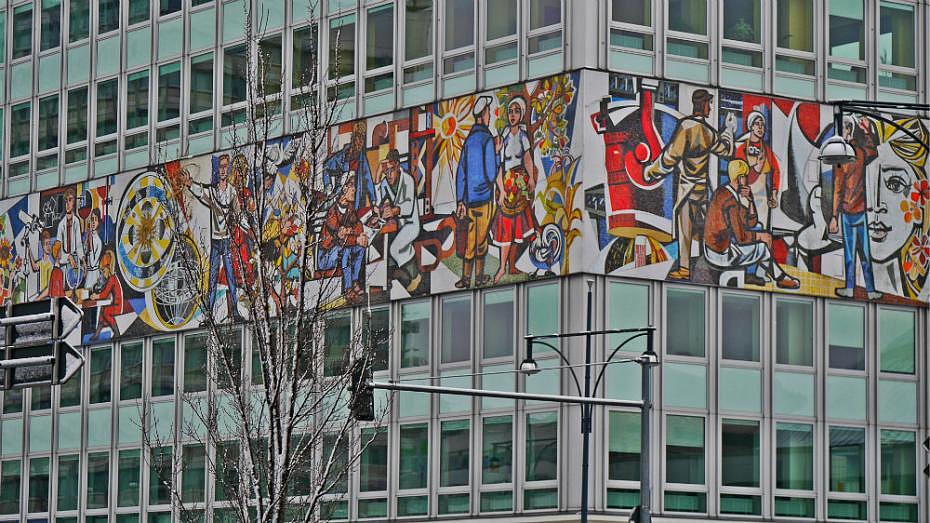
The neighboring Congress Center Berlin, with its Bauhaus style and large aluminum dome, is one of the city center’s main event venues. It has over 30 meeting spaces and a 3,000 square meters (32,000 sq ft) exhibition area. After a temporary closure in the 1990s due to extensive restoration, the complex reopened in 2003 under the name BCC.
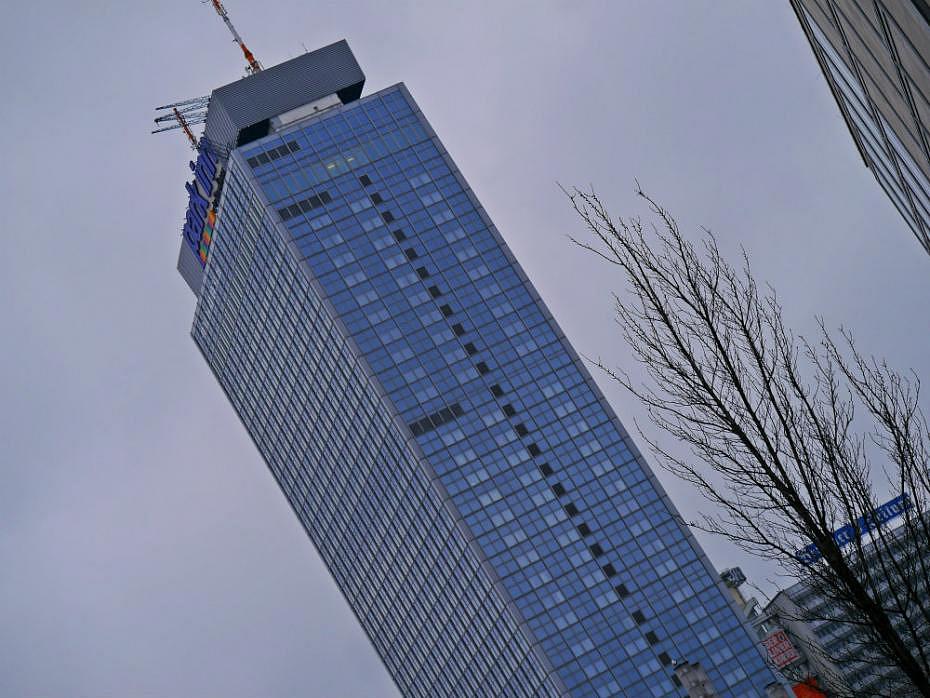
Other socialist-style buildings near Alexanderplatz include the headquarters of the Berliner Zeitung newspaper or the Park Inn Berlin Hotel. Originally named Hotel Stadt Berlin, it was a luxury accommodation built to host COMECON representatives and international delegations.
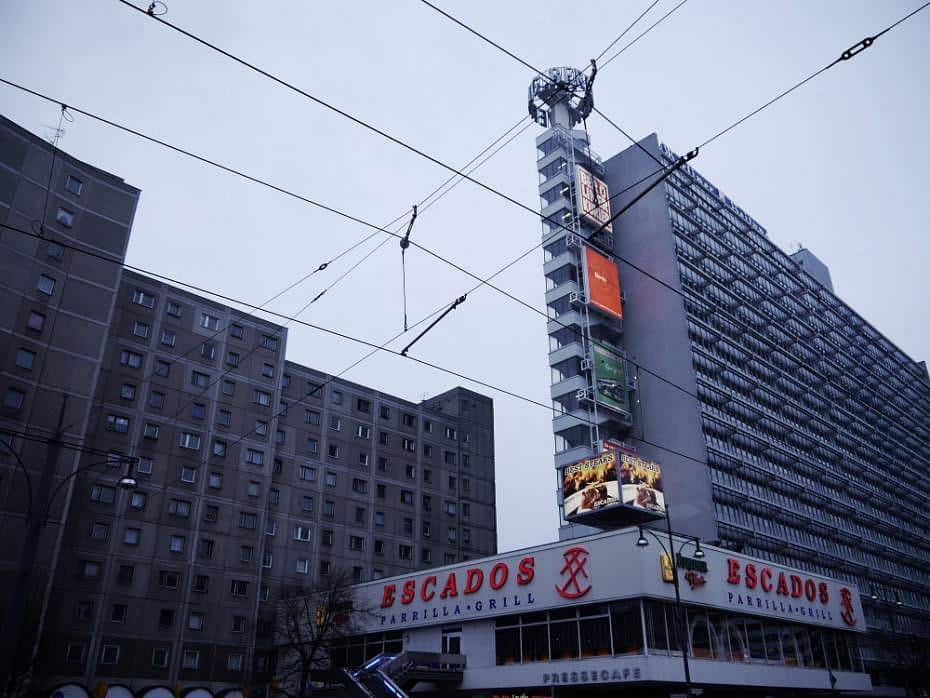
Other Attractions Not to Miss around Alexanderplatz
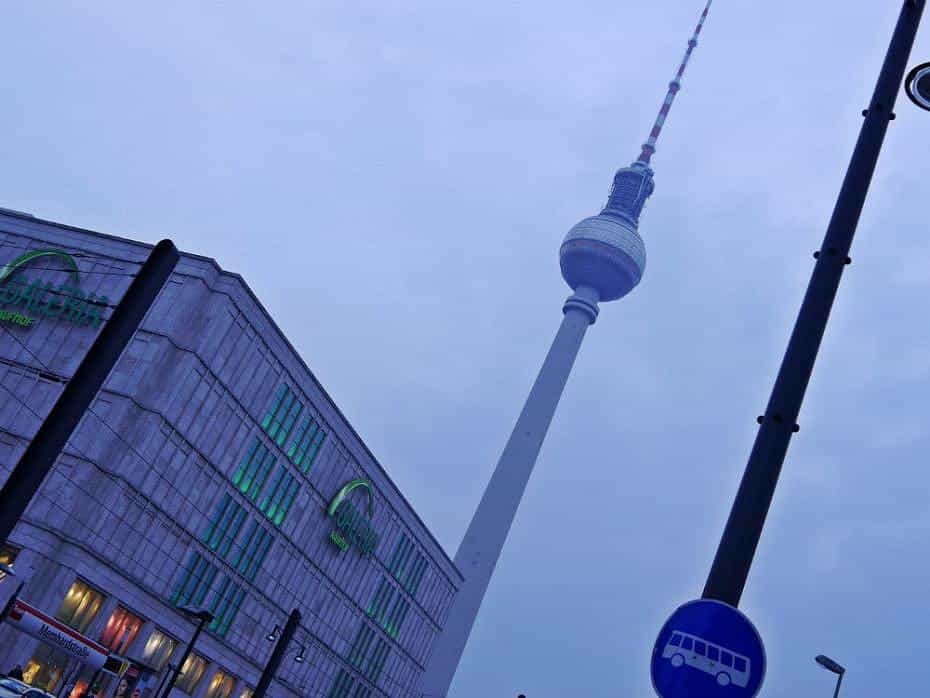
Kaufhof at Alexanderplatz
Galeria Kaufhof Alexanderplatz is a shopping hub, just a stone’s throw from the bustling square. This department store offers everything from fashion to home goods and has a remarkable gourmet floor for food lovers.
Museum Island
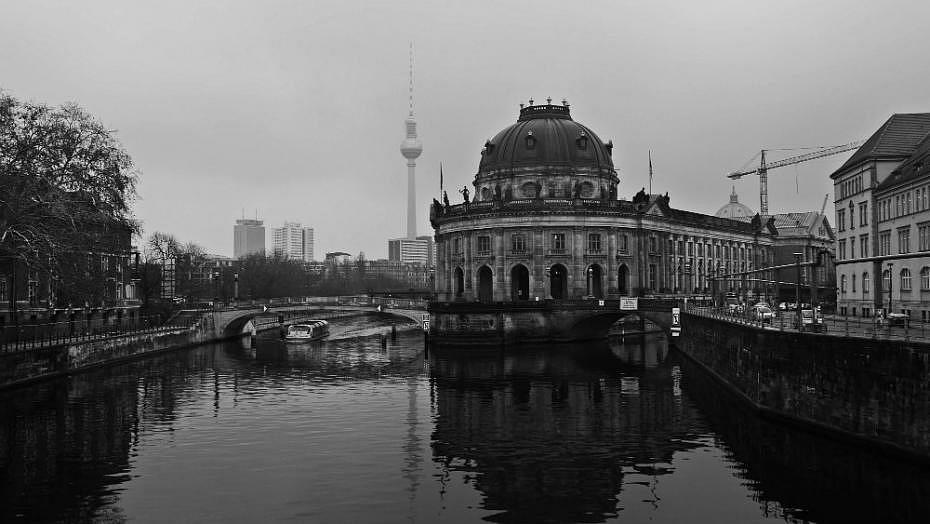
Cross over to Museum Island, a UNESCO World Heritage site since 1999. This island in the Spree River hosts five museums, including the Pergamon Museum, with its iconic Ishtar Gate from ancient Babylon, and the Neues Museum, home to the famous bust of Egyptian Queen Nefertiti.
Alexa Shopping Center
Opened in 2007, Alexa houses over 180 shops. It’s more than just a place to shop; it’s an entertainment destination.
Karl-Marx-Allee
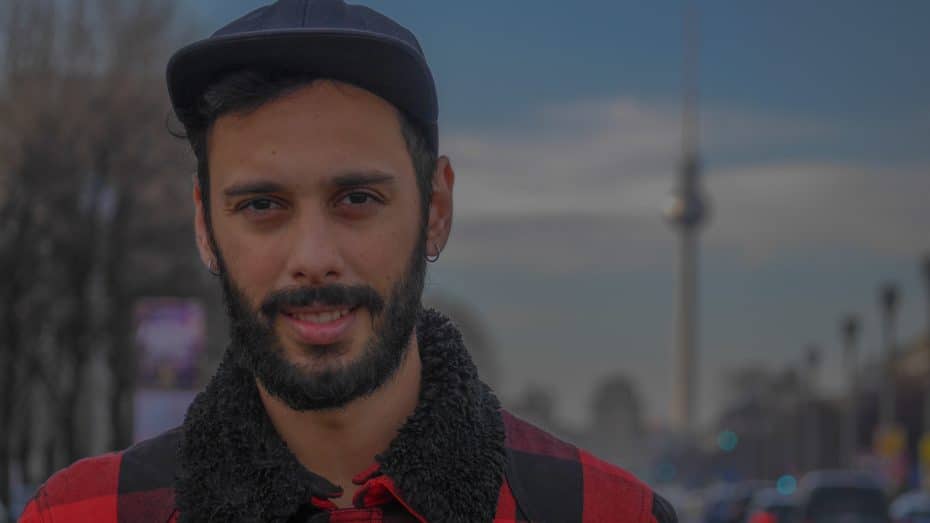
Strolling along Karl-Marx-Allee takes you through an impressive avenue lined with socialist classicism buildings constructed between 1952 and 1960. It is an example of post-war construction and Soviet influence in East Germany.
Jewish Quarter (Scheunenviertel)
Dive into history by visiting this area that dates back to the 17th century. The Jewish Quarter is marked by its surviving architecture, such as the New Synagogue on Oranienburger Straße, completed in 1866, which serves as a center for Jewish culture today.
Accommodation near Alexanderplatz
Alexanderplatz is, no doubt, one of the best areas to stay in Berlin. It’s super convenient as you can zip around the city with U-Bahn, S-Bahn, trams, and buses. It’s also close to attractions like the TV Tower and it’s just a short walk away from the Spree River. Plus, you’ve got shopping centers like Alexa and plenty of spots to grab food or a coffee.
Hand-Picked Hotels around Alexanderplatz
Getting to Alexanderplatz
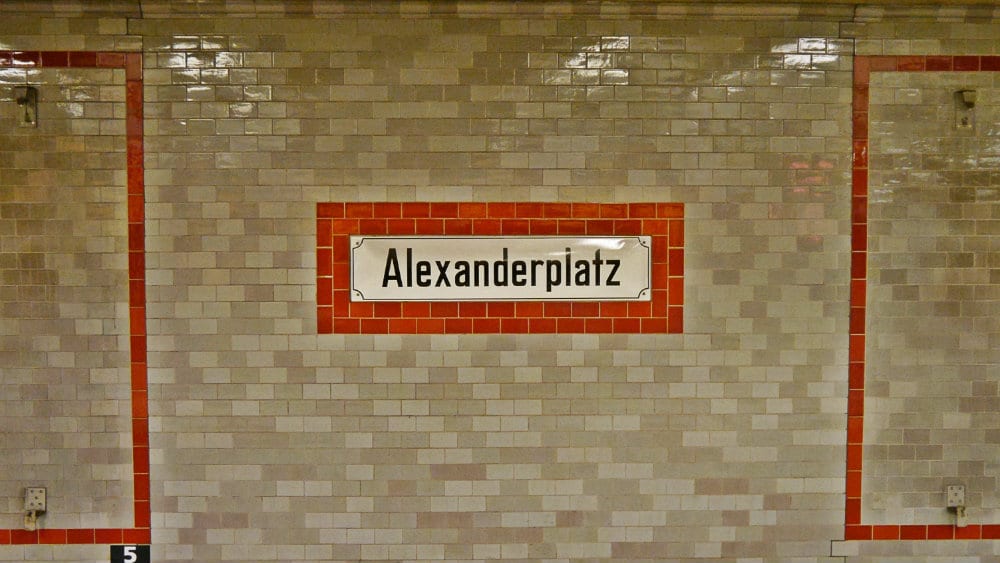
Alexanderplatz is one of the Berlin metro’s most important railway junctions and interchange stations. The U2, U5, and U8 lines serve the U-Bahn (subway) station. Lines S5, S7, S9, and S75 serve its elevated S-Bahn (suburban train) station.
Buses M48, M48, 100, 200, and 248 and trams M4, M5, and M6 also stop at Alexanderplatz.


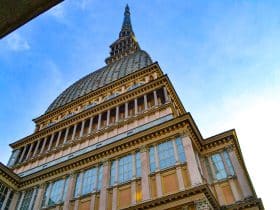
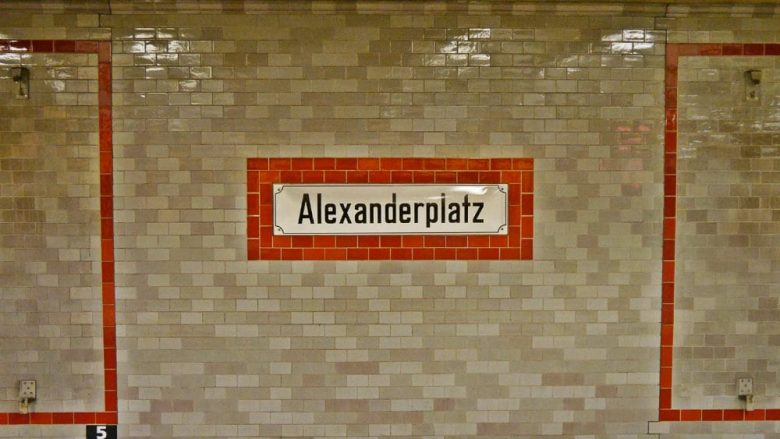
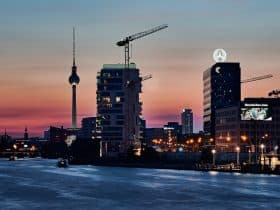
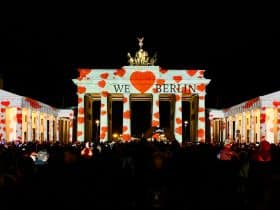
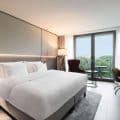
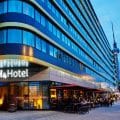

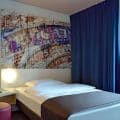

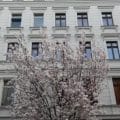

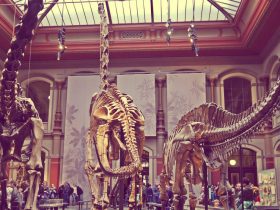

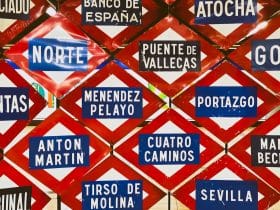
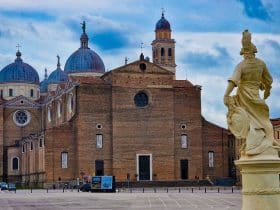

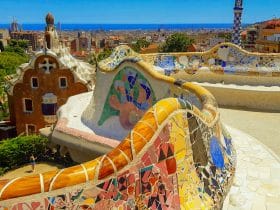











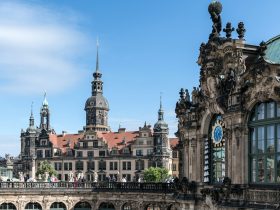
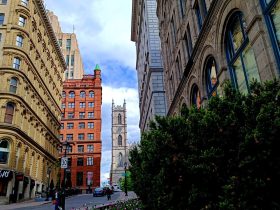
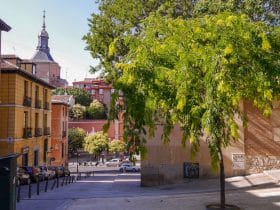
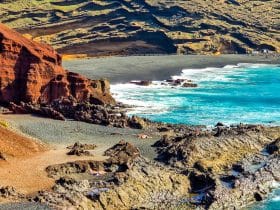
Leave a Reply
View Comments